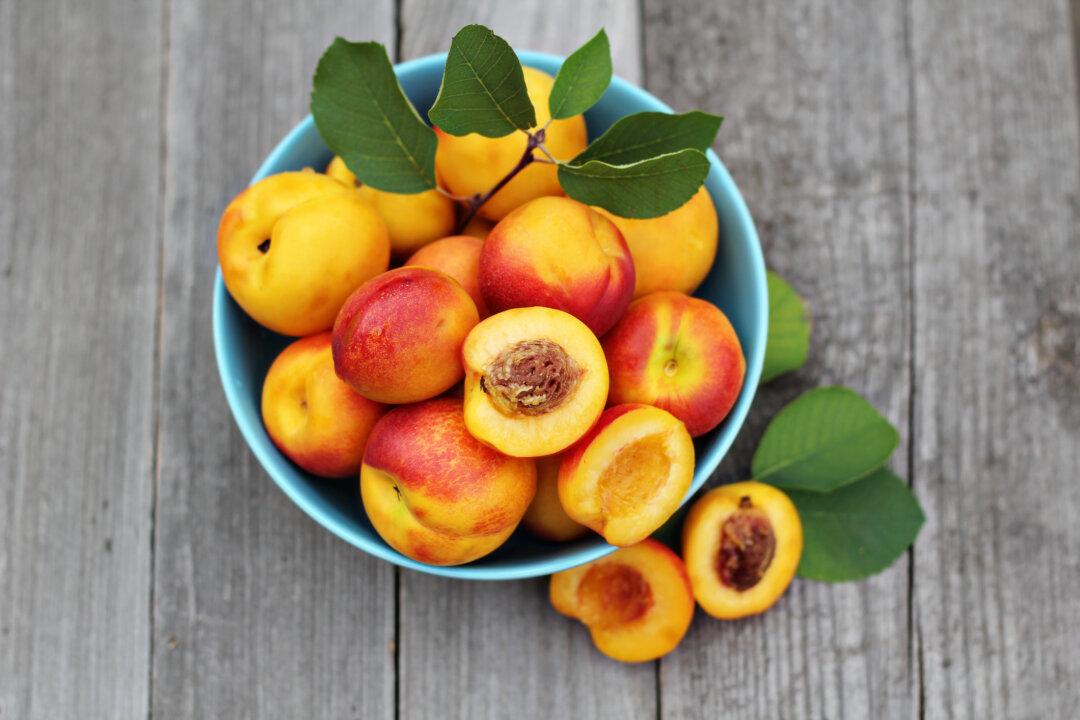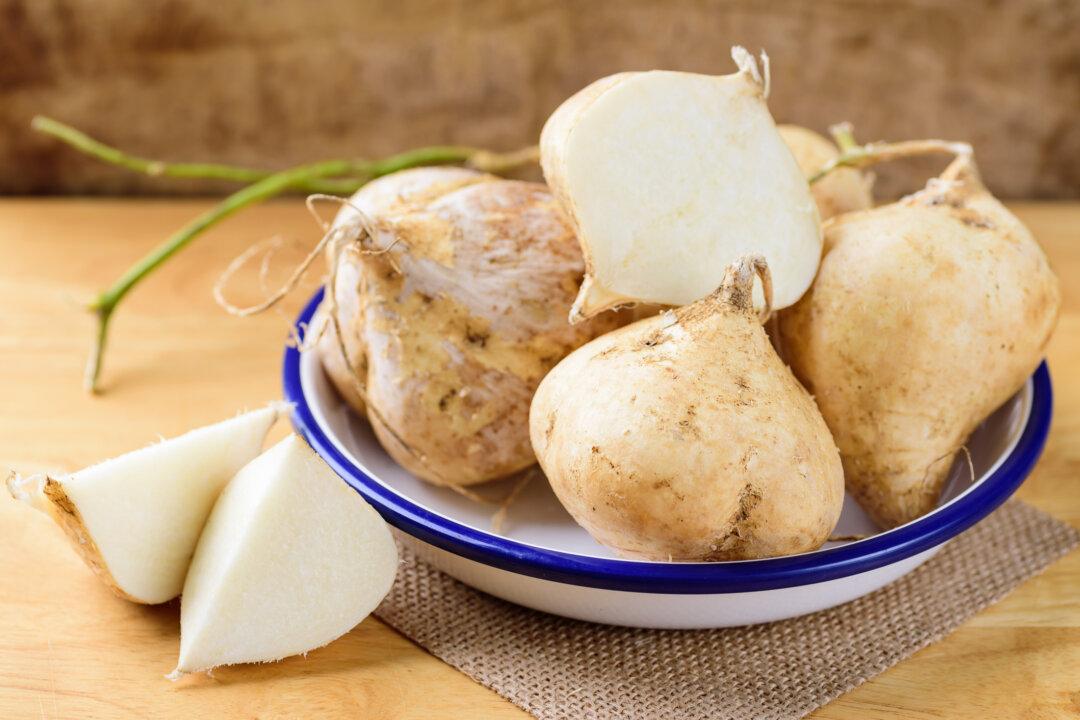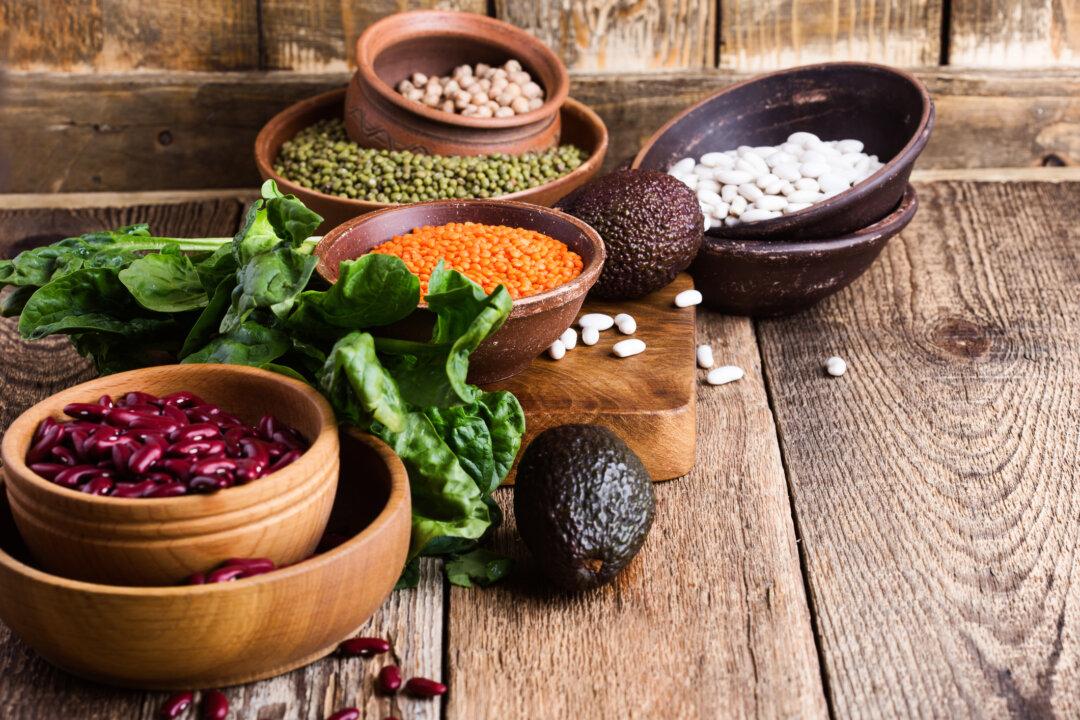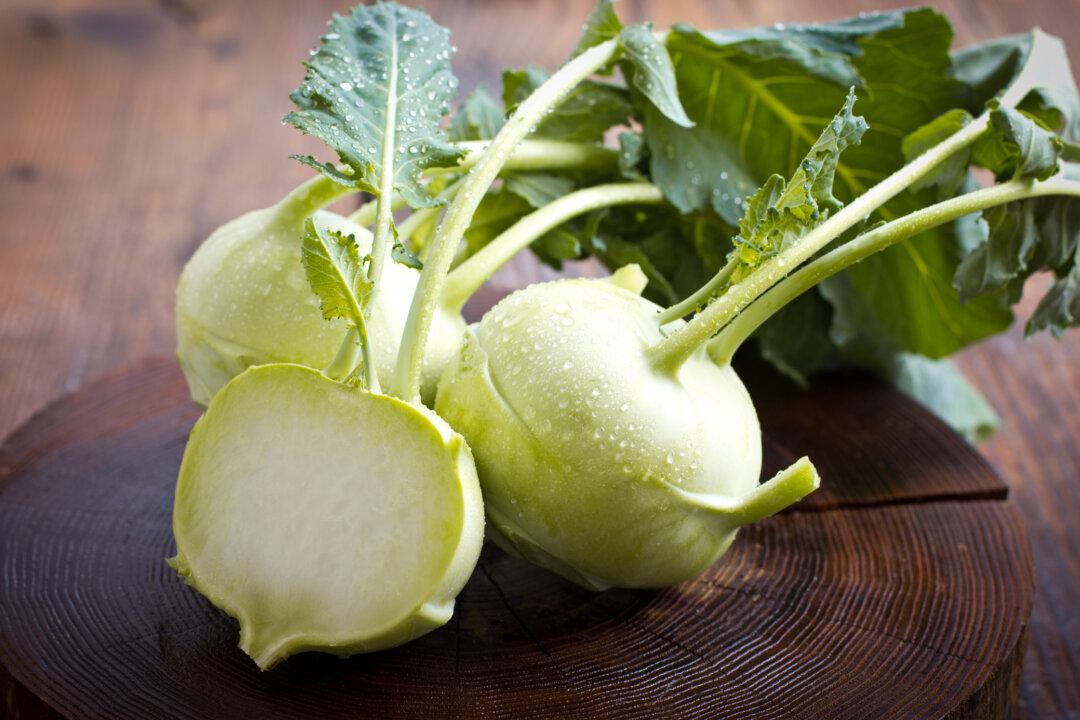Plump with nutrients and health-protecting plant compounds, and spectacular in pie, fruit salad, or straight from the tree, it’s no wonder we find this fruit just peachy.
The Folklore
One of summer’s most eagerly anticipated fruits, the peach has been adored for thousands of years. A symbol of luck, abundance, and protection in its native China, the peach also commonly represents longevity, prosperity, and happiness in Japan, Korea, and ancient Greece. The peach enjoys a history even more colorful than its rosy blush, having travelled along the Silk Road and arriving in Europe courtesy of Alexander the Great.The Facts
A member of the rose family, along with cherries, plums, and apricots, the peach (Prunus persica) is a stone fruit, known for its single large seed, or pit, within a juicy flesh. Peaches come in two main varieties—clingstone, where the flesh sticks to the pit, and freestone, where it separates easily. In shades of red, pink, yellow and white, with yellow or white flesh, peaches look very similar to their cousin, the nectarine, except for peaches’ unique peach fuzz.One large peach packs a full 10 percent DV (daily value, based on 2,000 calories/day) of filling dietary fiber, 19 percent DV of health-protecting antioxidant vitamin C, and 11 percent DV of vitamin A for healthy vision.





